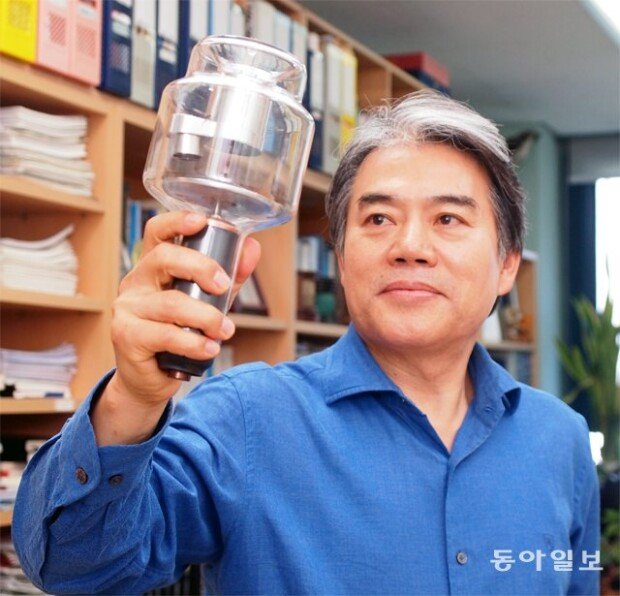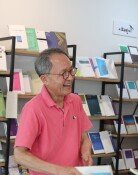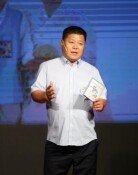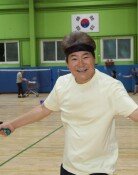S. Korean scientist independently develops X-ray tube
S. Korean scientist independently develops X-ray tube
Posted August. 15, 2019 07:35,
Updated August. 15, 2019 07:35

Dr. Lee Cheol-jin, professor of Electrical Engineering Korea University, has finally succeeded in developing a more efficient and complete technology that he claims can shake up the 123-year-old X-ray technology from its foundation. He made the accomplishment after over 20 years of hard work although fellow researchers left him one after another because of the research that did not seem to have any ray of hope at the end of the tunnel. Even though Lee had hard time to securing funding for his unpopular research and made many trials and errors, he did not give up.
As the result of the 21 years of the hard and stubborn work, Dr. Lee developed the next-generation X-ray tube that is expected to replace the existing ones, an essential component of X-ray equipment. An X-ray tube, which directly generates the X-rays, cost as much as tens of thousands of U.S. dollars per unit. Some medical equipment using the component as a key device costs millions of dollars per unit. Currently, the X-ray tubes are dominated by U.S. and Japanese companies.
During an interview with the Dong-A Ilbo on Tuesday at his office at Korea University in eastern Seoul, Dr. Lee unveiled the new X-ray tube. “There are clearly technological gaps between South Korean companies and U.S., European and Japanese companies that started developing X-ray tubes from more than 120 years ago,” he said. “Without making a paradigm shift, South Korea had no hope as a latecomer.”
He focused on research making X-ray tubes by using carbon nano tubes, in which South Korea has relative competitive advantage. Working from develop the materials for carbon nano tubes, Dr. Lee developed an X-ray tube that he claims are 100 times more efficient than existing ones and can be applied to existing medical equipment immediately. He has registered or filed for 13 patent rights and are in discussions with foreign and domestic corporations interested in his invention.
“Following Japan’s export restrictions on semiconductor materials, many criticize South Korean scientists for not researching on developing materials,” Dr. Lee said. “But many researchers are conducting steady studies with great patience. I hope that the South Korean people will have hopes, too.”
ashilla@donga.com







